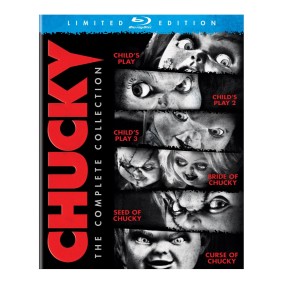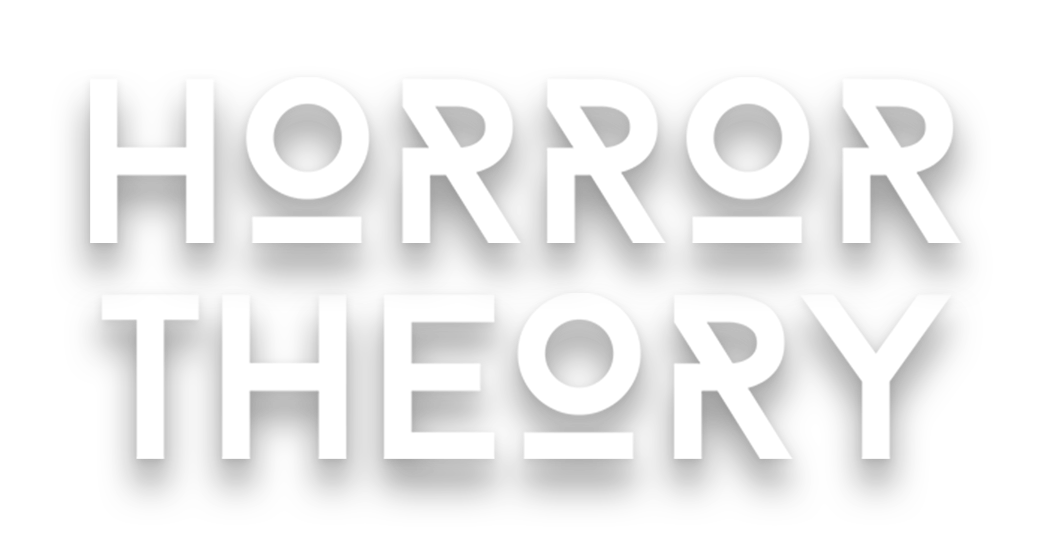Last time we saw Chucky in the 1988 original “Child’s Play,” the “Good-Guy” doll, still possessed by the Lakeshore Strangler, was shot in the heart and burnt to a crisp. Two years later, Andy’s mom is in a mental institution for claiming that the Chucky doll had committed a string of murders. And in order to repair their public image and prove that Chucky is just a doll, the Play Pals doll company rebuilds Chucky from scratch.
In the world of horror cinema, that’s a pretty clever, clean-cut setup for a sequel. Two years allows Andy to begin recovering from the psychological trauma from his last outing with Chucky. But as soon as he’s rebuilt, Chucky goes right back on his murderous rampage– only this time, Chucky is determined to possess Andy’s body before he’s stuck in the Chucky doll forever.
Between 1988 and 1990, Chucky is noticeably more life-like (with the help of a $4 million budget increase from the original). Chucky’s animatronic strut is similar, but his face has gotten much more expressive– which makes Chucky seem more mischievous (if slightly more cartoony) than before.

This sequel is more slasher horror with elements of humor than the strictly psychological horror like the original. As history revealed, this (and the less effective “Child’s Play 3”) were the tipping point for the franchise’s increasingly campy self-parodying.
In the fourth and fifth installments, writer Don Mancini opted for straight horror comedy, which makes sense considering Mancini originally considered writing a dark satire about the effects of toy marketing on children.
Like in the original, Chucky is abrasive and foul-mouthed. This juxtaposes well against the fact that he’s in the body of a children’s doll reminiscent of Hasbro’s My Buddy toy doll. However, when it comes to horror villain dialog, usually less is more. In the original, Chucky isn’t actually shown speaking anything until approximately forty-five minutes into the film. The end result is a more mysterious and more terrifying antagonist, who quietly manipulates poor, impressionable Andy. That suspense factor slightly diminishes every time Chucky speaks.
One of my favorite scenes is depicted above in the featured photo. Chucky targets Andy’s abrasive third grade teacher by beating her to death with a ruler. This scene is fantastic for a number of reasons. First, Chucky is using the teacher’s weapon against her. Context is key. And this scene is even more satisfying given how terribly the teacher has treated Andy.

Originally, the creators of the “Child’s Play” series had considered having Chucky be a manifestation of Andy’s id, much like Milo in the 2013 horror comedy “Bad Milo.” The duo even form an upsetting relationship during the first act of “Child’s Play.” So having Chucky murder Andy’s abusive teacher works well to highlight the unsettling connection between Andy and Chucky.
“Child’s Play 2” climaxes fittingly in the PlayPals “Good-Guy” factory, with Andy and new friend and fellow foster child Kyle trying to destroy Chucky once and for all. The combat across conveyor belts and molding presses is thrilling and worthwhile.
In the end, “Child’s Play 2” is significantly less scary than the original. In fact, horror fans who have grown accustomed to many of today’s high-stakes movies might not find any of the “Child’s Play” sequels scary at all. But the iconic doll has a sort of campy charm that’s never more realized than in this sequel. “Child’s Play 2” remains one of the more entertaining, energetic and well-paced installments of the series.’
***
The Complete Chucky Collection is available on DVD, blu ray and digital download here on Amazon. And be sure to check out the other entries in the Horror Sequel Marathon right here on My Vinyl Muse!
